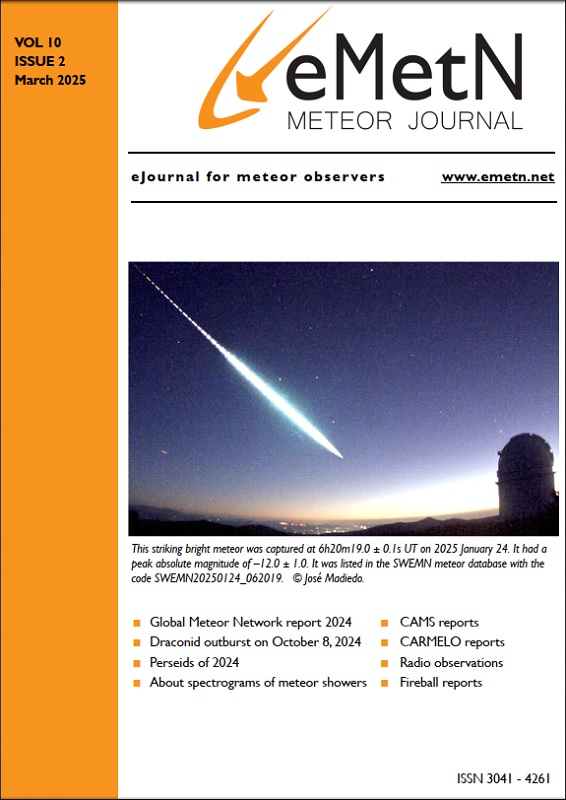Meteor Activity Outlook for 30 April-06 May 2022
During this period, the moon reaches its new phase on Saturday April 30th. At that time the moon is located near the sun and is not visible at night. As the week progresses, the moon enters the evening sky but will not interfere with the more active morning hours as it sets long before then.
Read More
